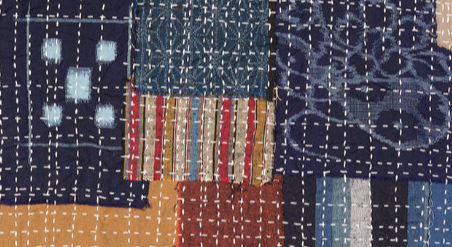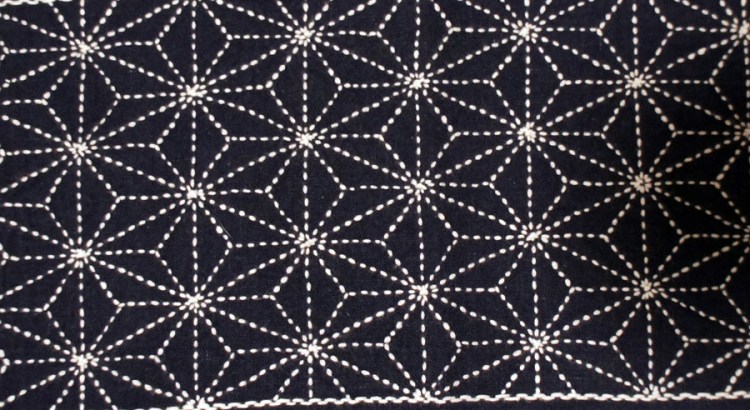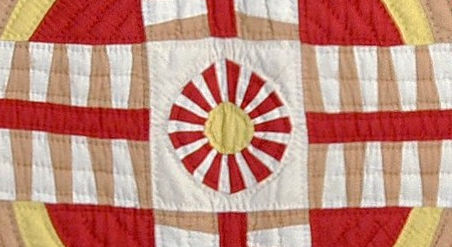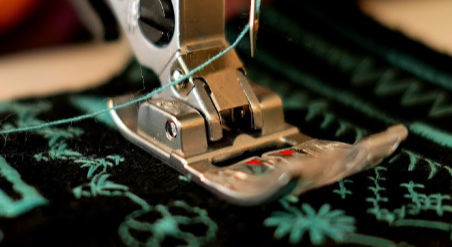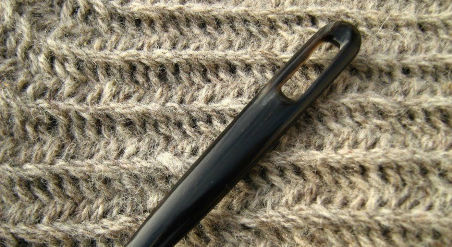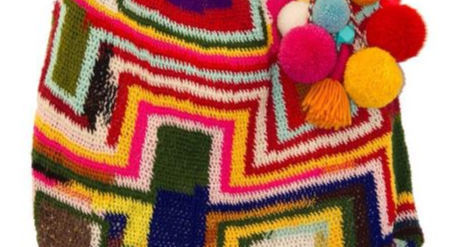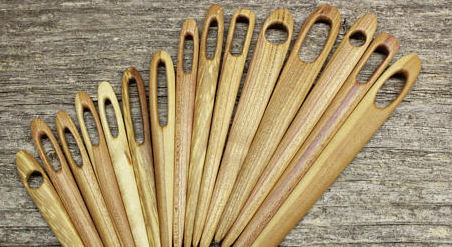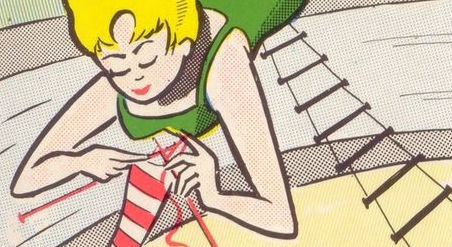How Jacquard Looms Work
The four videos below are a fun introduction to connections between science and craft. Jacquard looms and early computers both used punch cards, which store binary system information.
In a Jacquard loom, a weaving pattern is stored in punched cards which are strung together for the length of the desired pattern. The cards are made up of grids containing combinations of holes and closed spaces. The videos below illustrate the workings of the binary-based punch cards - the history of the mechanism, how the cards are made, and how the looms work to create the Jacquard fabric.
For a detailed description, read Some Introductory Notes Concerning Jacquard Technology written by Garth Fletcher.
Please note that three of the videos do not have narrators. The third and fourth videos have no sound.
More on Jacquard Looms, from Wikipedia:
"The Jacquard machine (French: [ʒakaʁ]) is a device fitted to a power loom that simplifies the process of manufacturing textiles with such complex patterns as brocade, damask and matelassé.[3] It was invented by Joseph Marie Jacquard in 1804.[4] The loom was controlled by a "chain of cards"; a number of punched cards laced together into a continuous sequence.[5] Multiple rows of holes were punched on each card, with one complete card corresponding to one row of the design…Chains, like Bouchon's earlier use of paper tape, allowed sequences of any length to be constructed, not limited by the size of a card.
The ability to change the pattern of the loom's weave by simply changing cards was an important conceptual precursor to the development of computer programming and data entry. Charles Babbage knew of Jacquard looms and planned to use cards to store programs in his Analytical Engine." https://en.wikipedia.org/wiki/Jacquard_loom
· Don't miss: Tapestry Weaving, American Crafts, Ari Embroidery, and Soumak Weaving.
Below are thumbnail pics of some best-selling books about weaving. Click on a book cover for more information, or find them here - on Amazon. [As an Amazon Associate I earn from qualifying purchases (at no extra cost to you).]
POPULAR POSTS
Follow a tutorial for making a patchworked bag with Sashiko topstitching. | Follow tutorials for how to create traditional Japanese embroidery stitching. | Explore a library's digitized vintage maps, which you can download for free. | Learn from a museum textile curator how to best care for your quilts. |
Learn to make a basket weave pattern quilt from scraps of fabric. | Sisters Lorna and Jill Watt create amazing yarn bomb installations . | Ceramic artists create fantastical structures using magnetic clay. | Learn about a Viking fabric-making technique which pre-dates knitting. |
Follow a tutorial for making a bilum bag - PNG's traditional fabric. | Learn to make a pinhole camera; develop paper film with common items. | Learn about a stretchy fabric made with connected loops. | Free digitized knitting magazines 1800 - now. |





